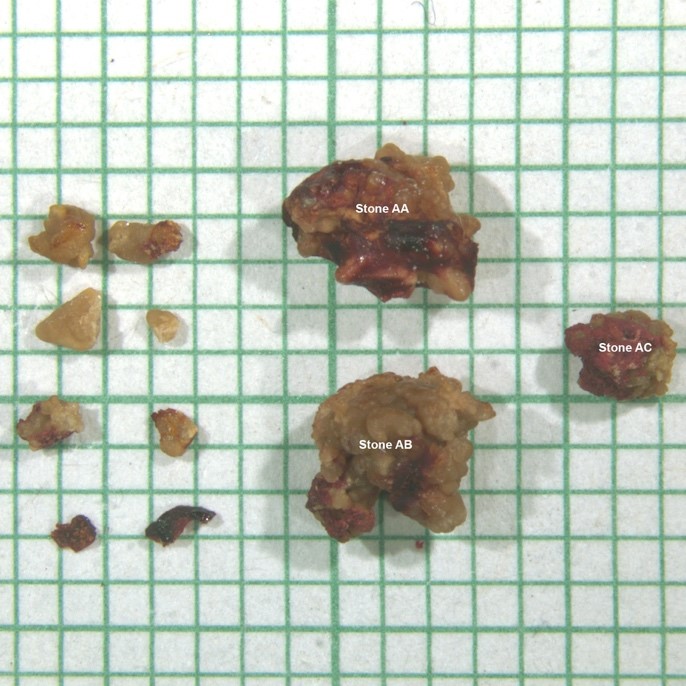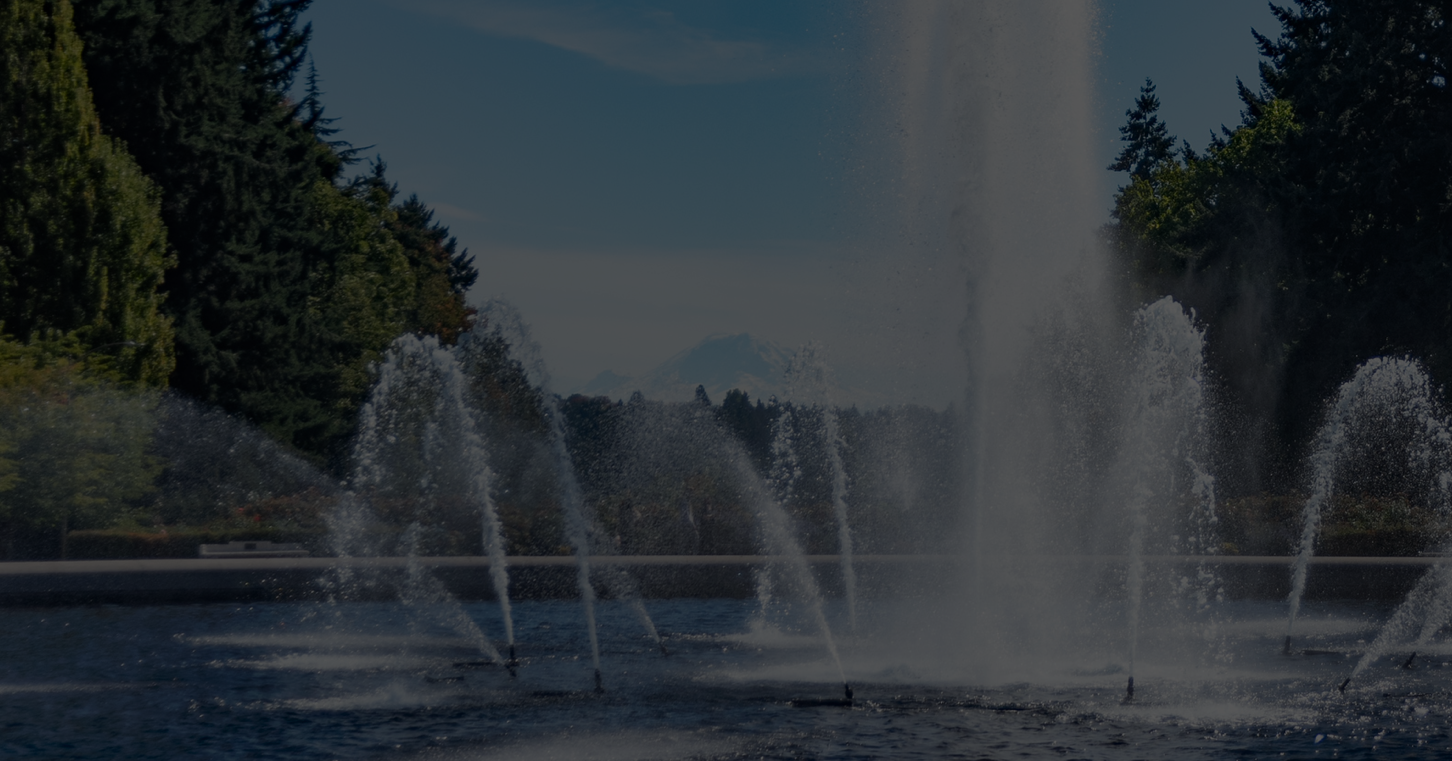UW Researchers Use Burst Wave Lithotripsy to Successfully Treat Kidney Stones in First 10 Humans
University of Washington (UW) researchers in a multi-institutional study funded by the NIH report comminution of the first ten stones in humans by burst wave lithotripsy (BWL)- focused, cyclic ultrasound pulses at pressure amplitudes lower than in shock wave lithotripsy (SWL).After successfully fragmenting a kidney stone in the first patient treated with BWL, researchers kicked off an NIH renewal grant providing funding for 5 more years at $8M, beginning the 25th year of their consortium of researchers at UW, University of Oxford, Caltech, University of Illinois and University of Indiana. it also involves researchers from Moscow State University in Russia and advisors from the Universities of Texas, Wisconsin, Rochester and Michigan.
The prospective multi-institutional study recruiting 20 subjects (NCT03873259) approved by the Western IRB, included individuals undergoing clinical ureteroscopy (URS) with a stone ≤ 7 mm on recent CT. Excluded are individuals under 18 years old, of a vulnerable group, or with risk factors contraindicating SWL.

comminuted is substantially broken up and all fragments are smaller than 4 mm
After subjects were consented and stone measured on a CT, the investigational BWL system with a 60-mm diameter transducer was used to break stones for 10 minutes in the operating room either before or after the ureteroscope was inserted. Stone/fragments and treated and surrounding papillae were filmed with the laser fiber for thenth scale in the URS image with fragments being basketed when possible, before completing the clinical URS surgery.
Volume of stone fragments greater > 2mm is determined from URS video or basketed fragments. Acute tissue injury seen in the URS video is independently graded 0- within normal limits, 1- mild, 2- moderate, or 3-severe. Subjects are telephoned weekly for three weeks to confirm or deny a list of adverse events.
Five female, 2 male subjects (10 stones) have been treated with average BMI 24.9±6.1 kg/m2 and age 54 ± 16 years. This study is designed to be conducted during URS to observe fragmentation and injury. Table 1 summarizes results. The 5 stones not comminuted to >90% passed during BWL, were brushite or larger than intended, or were shielded by observed cavitation clouds likely from air introduced in URS. Figure 1 shows the case of 20% comminution and a treated papilla. Only mild injury (hematuria) expected to resolve spontaneously has been observed. Adverse events potentially related to the investigational procedure have been mild (hematuria) and resolved spontaneously. Investigational procedures are concurrent with URS, which may have similar adverse events.
Comminution occurred in all 10 stones and was completely successful in 5 cases in only a 10-minute BWL treatment.
The technology comminuted a kidney stone in under 10 minutes and was tolerated by an awake subject. The ultimate goal is an office-based treatment, which subjects have tolerated well in a separate trial.



